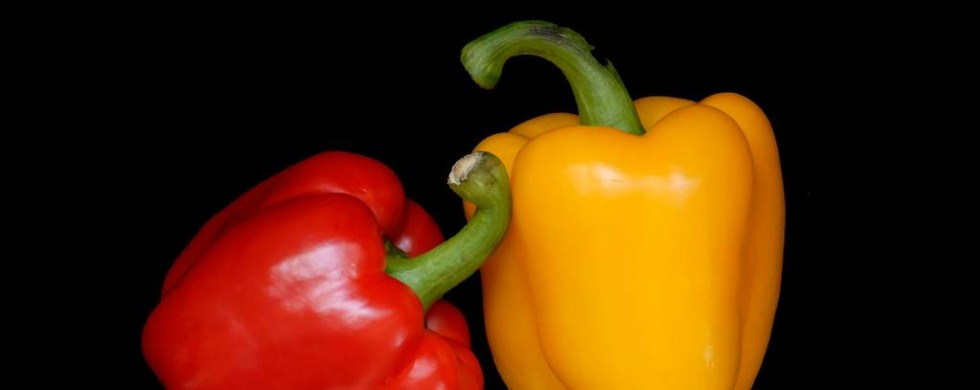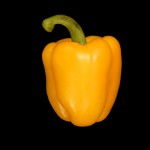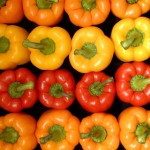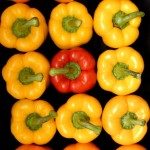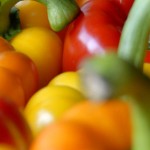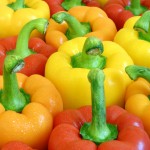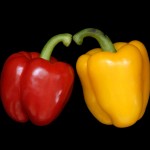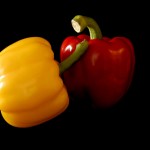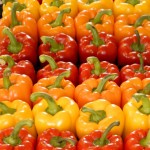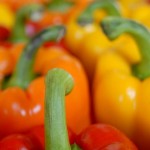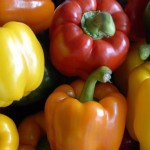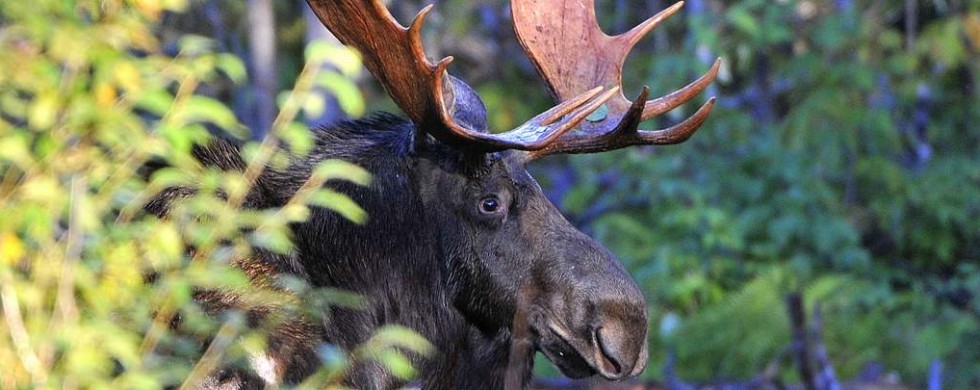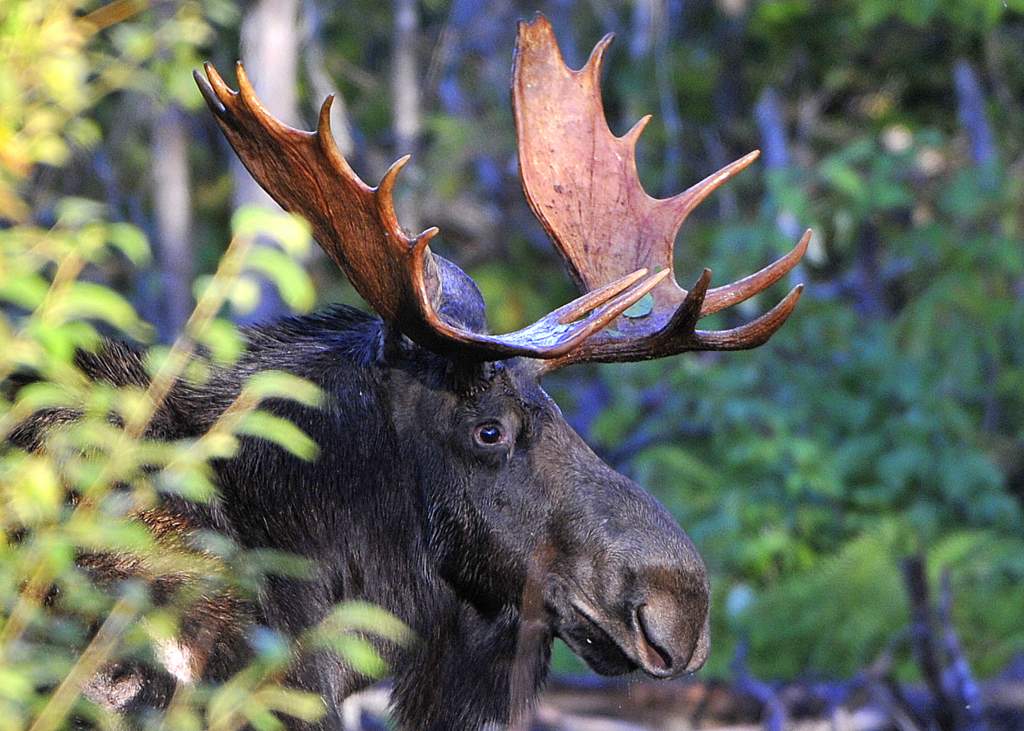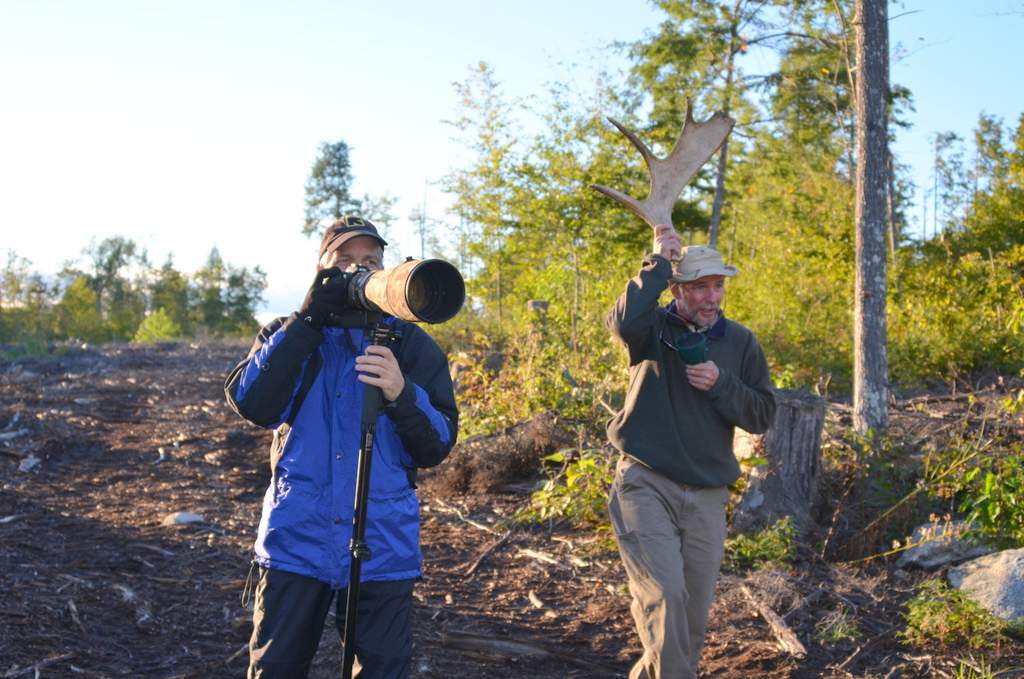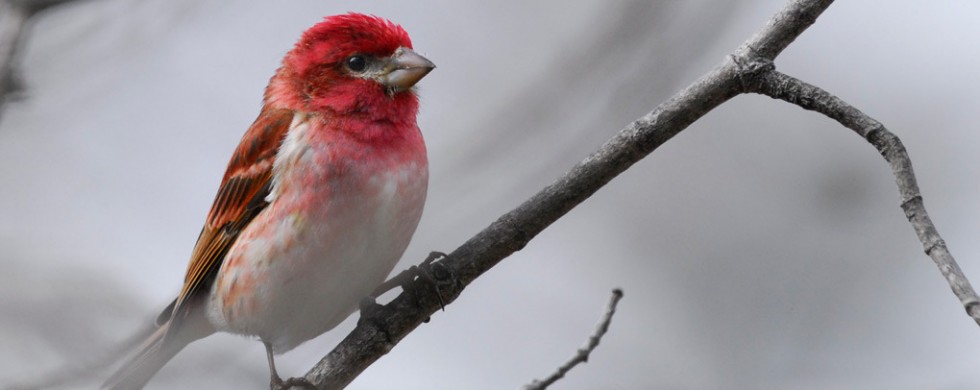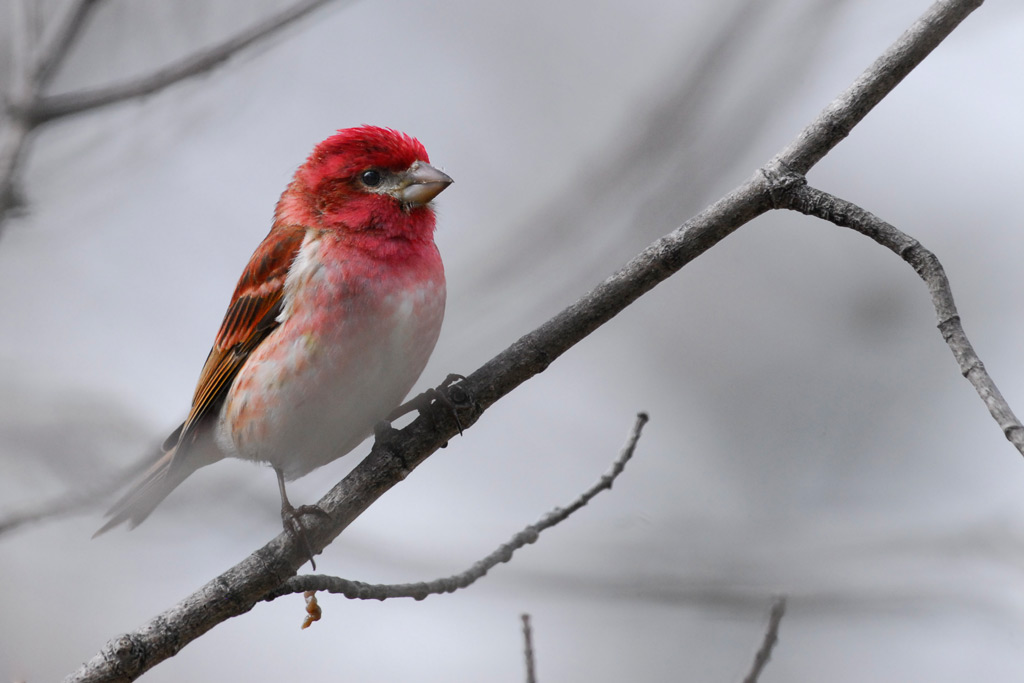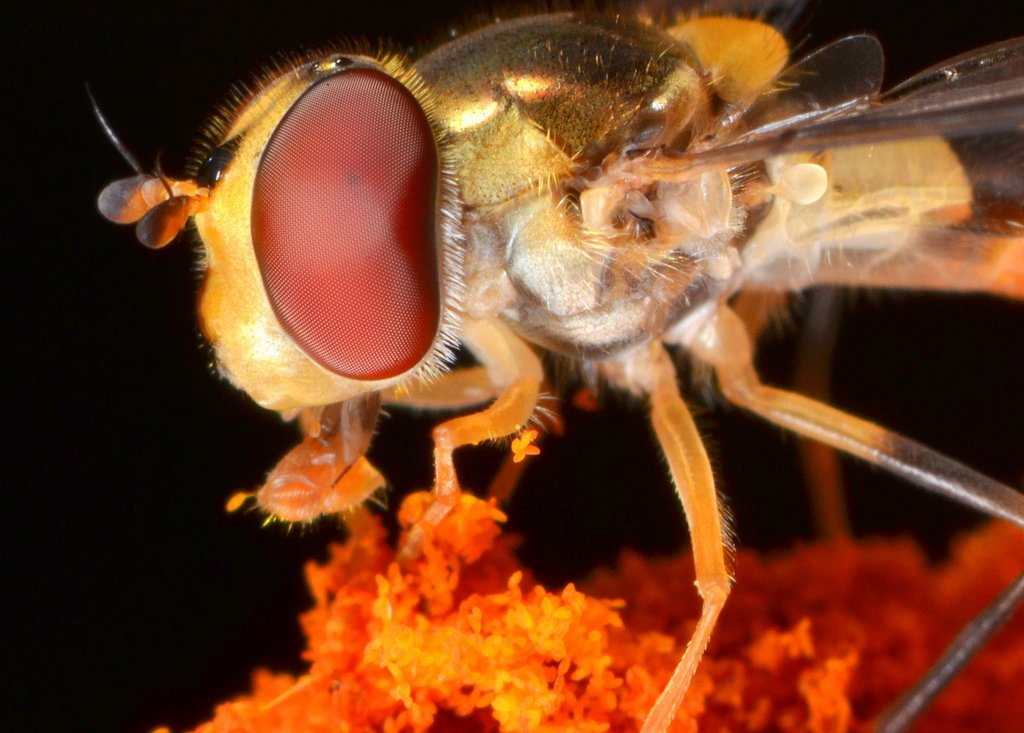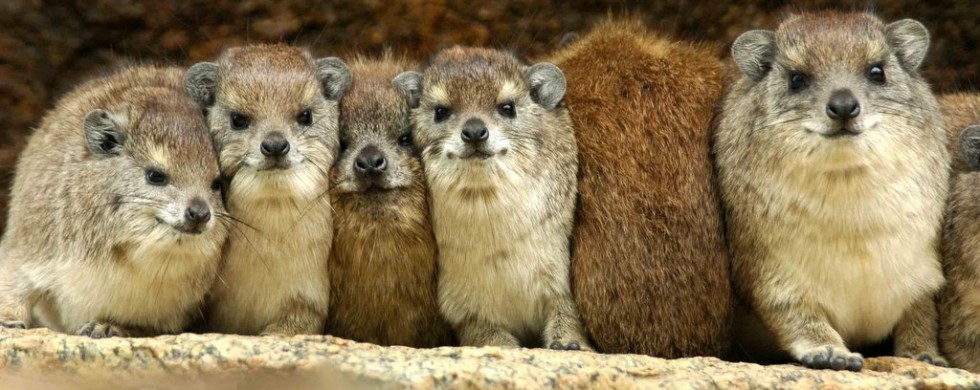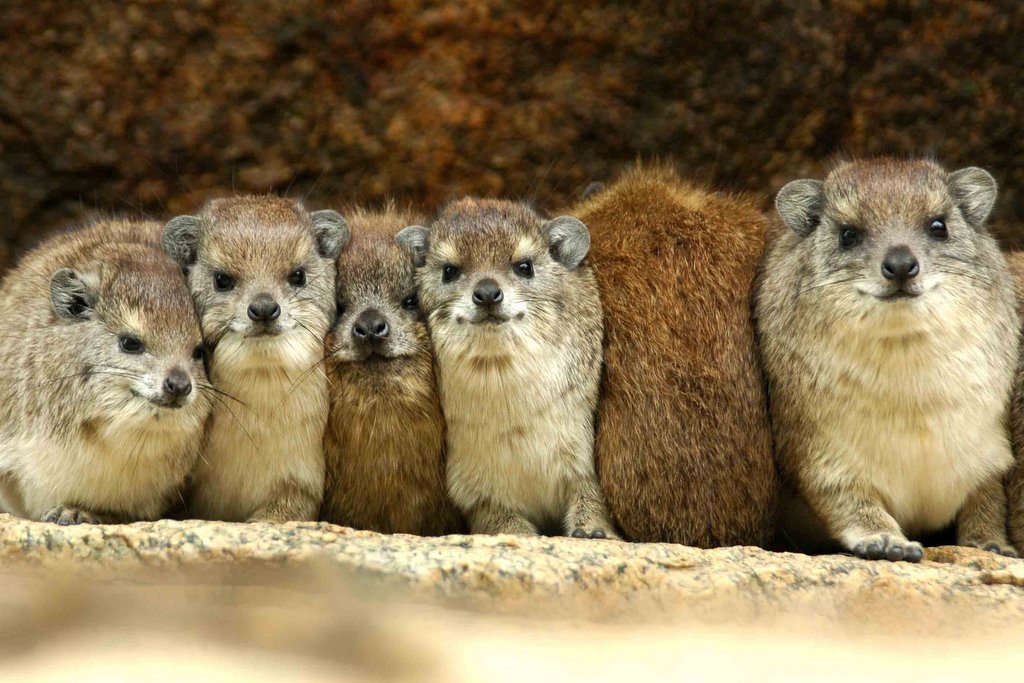26
Shot of the Month – February 2013
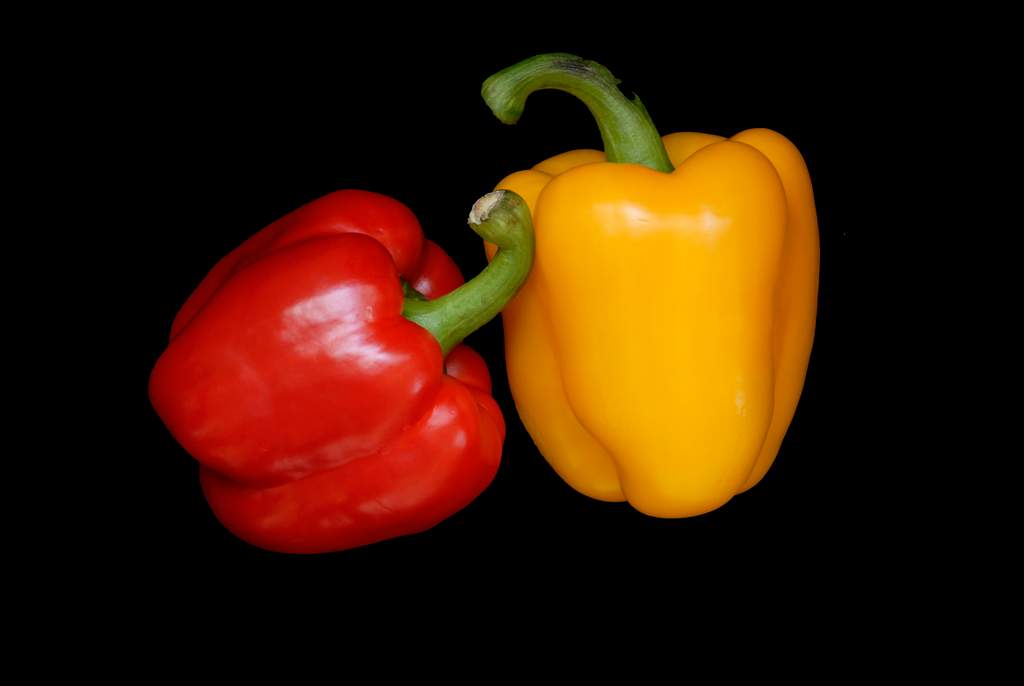 A common ailment this time of year in northern latitudes is “cabin fever,”
A common ailment this time of year in northern latitudes is “cabin fever,”
” a state characterized by anxiety, restlessness, and boredom arising from a prolonged stay in remote or confined space.” (source)
This image is from 2008 and is the result of a similar malady. I had been back in the US for over a year after living overseas most of my adult life. Since returning I had not made any ventures into nature nor taken any photos. It was near the end of a long winter. I was bored. I missed engaging with nature.
I needed to take a photo of something.
Alas, I was living in an urban setting and wildlife was scarce. In my visually mundane environment, one blast of color stood out. Each week we would go to the grocery store and I was captivated by the explosion of color in the vegetable department. There were rows and rows of bell peppers in vibrant hues of green, yellow, and red. Each week I found myself lingering in the produce section wondering how I could capture that visual feast.
The fever was obviously running high as I purchased a ridiculous number of peppers (disregard the odd look from the checkout person). Once home I realized that I did not have enough. Back to the store to buy more. Then I went to the art supply store and purchased some black poster board. And then I began photographing, uh, peppers. I didn’t really know what I was doing as I never do “studio shooting.” I didn’t have the proper light set up, nor the knowledge or technique. But the project kept me engaged for days.
This shot, “Pepper Love,” is popular this time of year since February is also home to Valentine’s Day. In my defense, I can merely plead “Innocent due to insanity.”
I tried all sorts of arrangements. Peppers lined up in rows. Peppers piled high in a bucket. Peppers grouped by color. Then alternating by color. Used a mirror to create the illusion of infinite peppers. Peppers sprayed with water. Intimate portraits. Then mob scenes. Stems lined up. Stems alternating. The delirium raged.
Once the fever passed, a cold hard reality set in. What in the hell were we going to do with all these rapidly ripening peppers? Let’s just say that our freezer was overflowing and we explored a vast range of recipes requiring peppers long into the spring and summer. (I believe it took about a year till the last one was gone…)
In the end, I did not get many images that worked. My lack of experience won out. But I did learn a lot and I am sure that I would get better images on the next attempt. And we do have all those pepper recipes collecting dust…. hmmmn….
A few more “slides” that confirm the diagnosis of “cabin fever.” (Click on a cropped thumbnail to see the full image)
Until next month…. 🙂

